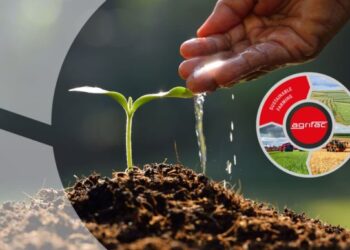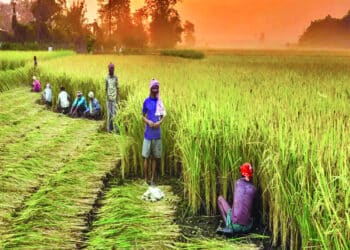Previously, training for Pearl farming was only available at the Central Institute of Freshwater Aquaculture in Bhubaneswar (Odisha), but now the state’s training is available in a variety of locations.
Cultured pearls are produced in a variety of nations throughout the world using pearl oysters. Important manufacturing, on the other hand, is restricted to a few countries.
Pearl farming has gone a long way since its beginnings in the early twentieth century and has now grown into a billion-dollar retail industry.
Benefits Of Pearl Farming
Pearl cultivation is completely unaffected by these conditions and yields a large profit. It simply takes a small initial investment in fixed assets and the right expertise to get good outcomes.
If you’re looking for a new source of income while only having 1/2-3/4 acre of property, pearl farming is the perfect business for you.
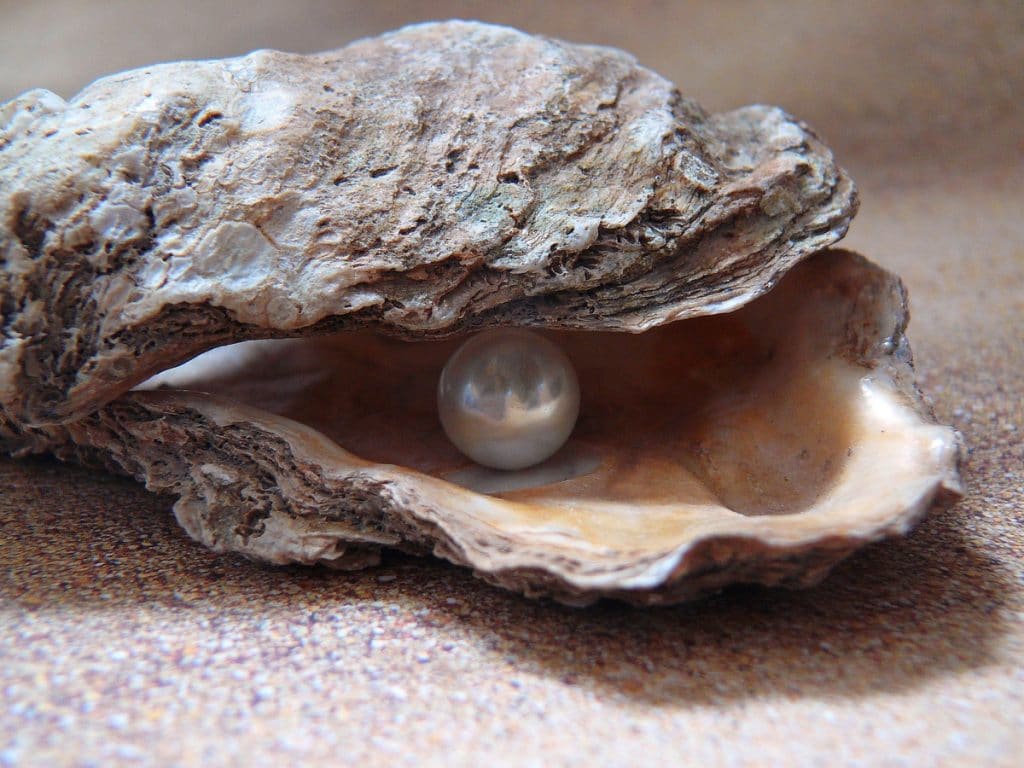
Oysters, being voracious filter feeders, keep the water free of pelagic algae and drifting debris.
Pearl oysters are edible, however, they are rarely consumed. To achieve objectives 1 and 2, they can be bred in murky, possibly filthy water.
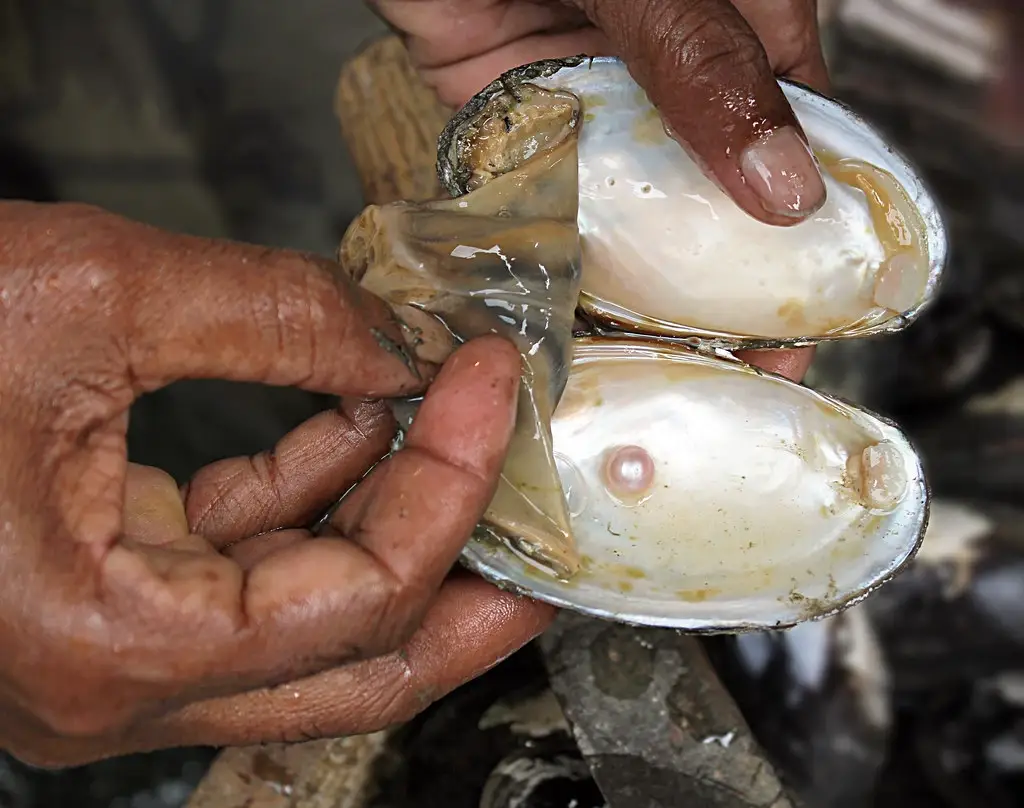
They must be raised in unpolluted water if they are to be eaten as well as yield pearls. After harvesting the pearls, the farmers can sell them as food, if not for humans, then at least for pets, providing an extra source of money.
How To Do Pearl Farming
The autumn season, from October through December, is the best time for pearl farming. Beads can be grown in a pond that is at least 10 × 10 feet in size.
Pearls can be produced from a maximum of 25000 oysters in a 0.4-hectare pond for pearl production. To begin farming, the farmer must either gather oysters from a pond, river or buy them.
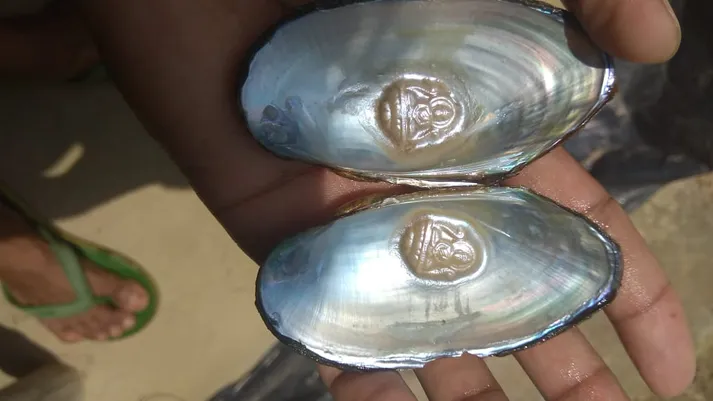
Oysters can be collected from ponds, rivers, and other bodies of water, or they can be purchased. After that, simple or designed beads with a diameter of four to six mm, such as Ganesha, Buddha, floral shapes, and so on, are placed inside each oyster after each minor procedure.
After that, the oyster is sealed. Antibiotics and natural feed are used to keep these oysters in nylon bags for ten days. These are checked on a daily basis, and any dead oysters are removed.
Putting The Oysters Into Pond
These oysters have now been placed in the ponds. They are strung in nylon bags (two oysters per bag) from bamboo or bottles at a depth of one meter in the pond for this purpose.
These can be monitored at a rate of 20,000 to 30,000 oysters per hectare. The material from the interior begins to settle around the bead, eventually taking the shape of a pearl. The oyster has ripped apart and the pearl extracted after around 8-10 months.
Cost And Profits
At a reduced rate, a single oyster costs roughly 20 to 30 rupees. In the market, one mm to 20 mm oyster pearls cost between Rs 300 and Rs 1500. Designer beads are highly popular nowadays, and they fetch a good price on the market.
Exporting pearls to a foreign market can yield far more money than selling them in the Indian market. The oyster can also be sold on the market after the pearl has been removed. Oysters are used to make a variety of decorative objects.
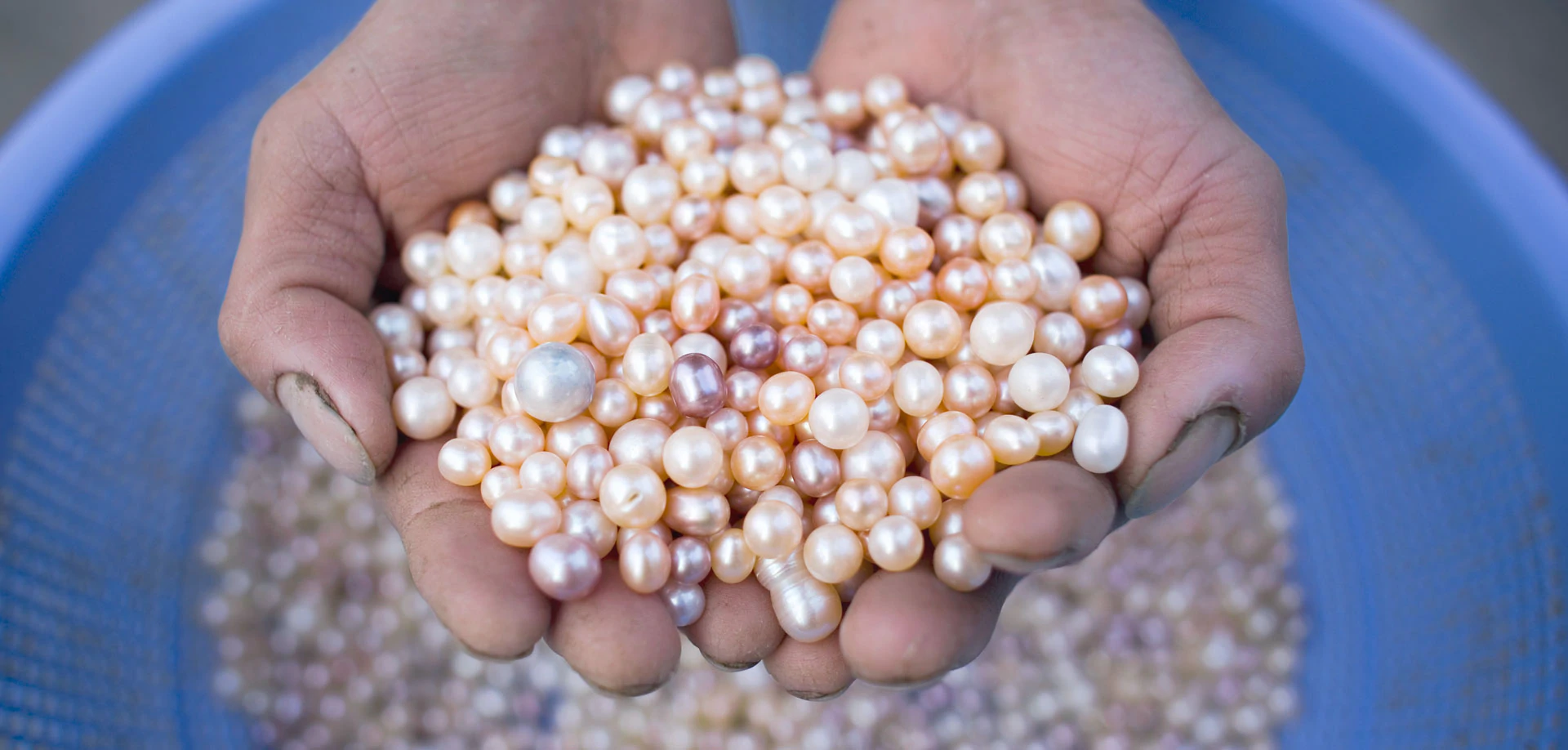
In Kannauj, the extraction of fragrant oil from oysters is also done on a considerable scale. As a result, oysters can be sold in the local market right away.
Oysters also purify the water in rivers and ponds, allowing the problem of water pollution to be addressed to a large extent.
Also Read: Solar-Powered Irrigation Systems: An Asset For The Future
Source: TheAgroTech










